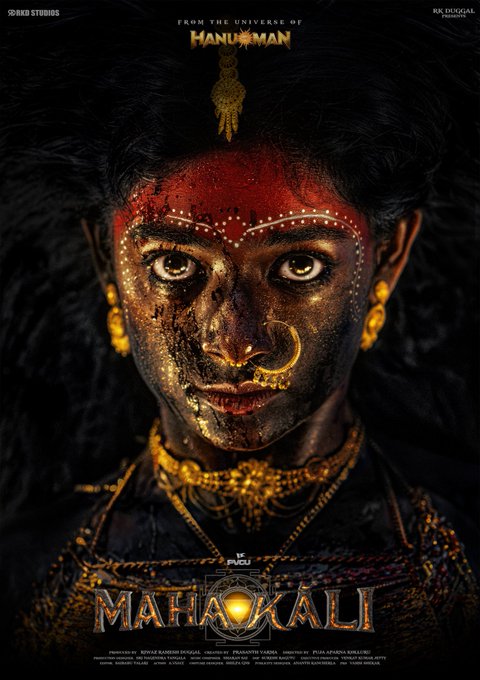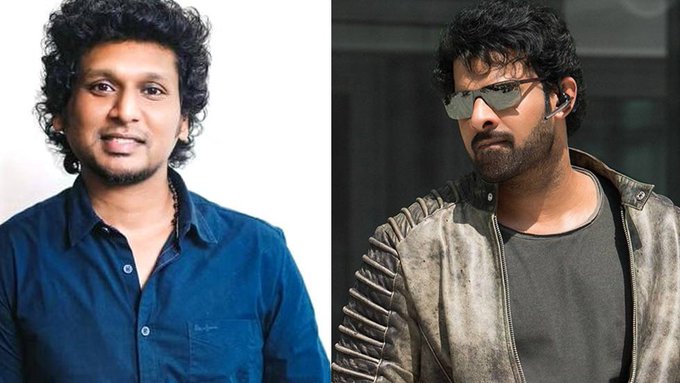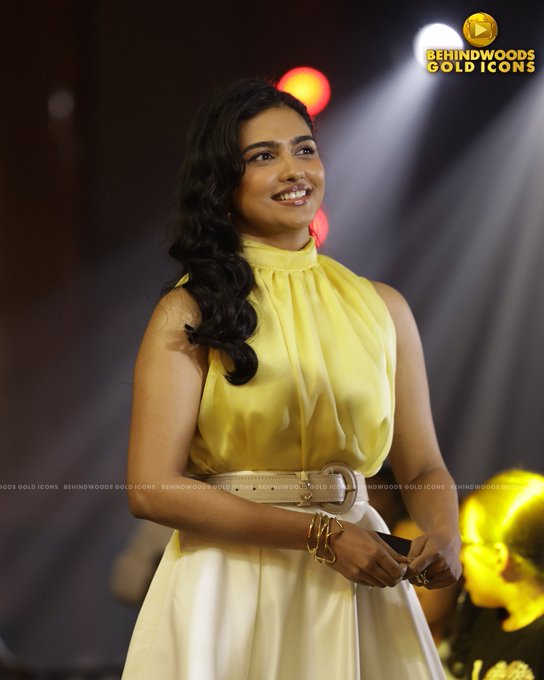Telugu cinema has long been celebrated for its ability to weave cultural depth with captivating storytelling, and Mirai arrives as the latest testament to that tradition. Positioned as more than just another film, Mirai presents itself as a cinematic journey that bridges the timeless roots of Telugu heritage with innovative storytelling techniques and bold thematic choices. It has already gained attention for its unique vision—both in how it tells its story and in the manner it embraces the evolving landscape of Indian cinema.
As audiences seek films that not only entertain but also resonate with values, emotions, and modern sensibilities, Mirai steps forward to answer that call. It breathes new life into Telugu cinema by presenting something deeply familiar yet refreshingly different—a signature that could very well define its place among the new wave of regional Indian films finding a global stage.
Mirai Unveils a Striking Fusion of Culture and Innovation
At its core, Mirai finds power in blending tradition with contemporary thought. The narrative pays homage to Telugu cultural roots—its history, classical art forms, and values—yet it threads them into a modern cinematic texture that appeals to today’s audiences. This balancing act offers a sense of continuity between past and present, creating a story world where age-old sentiments coexist with emerging realities. Through its characters, visuals, and storytelling rhythm, Mirai demonstrates how cultural authenticity can fuel innovation without compromise.
One of the film’s defining strengths lies in its ability to showcase the grandeur of Telugu tradition without being weighed down by it. Instead of treating heritage as a relic, it reimagines it as a living, breathing influence that shapes the present and drives the future. Through careful craft—be it in design elements, music, or narrative layers—Mirai makes tradition not just relevant but integral to the way the story pushes boundaries. The fusion is not a juxtaposition, but a seamless conversation between the old and the new.
A Telugu Film Redefining Storytelling with Bold Vision
Mirai doesn’t just follow familiar storytelling formulas—it challenges them. The film’s vision lies in its fearless willingness to take risks, both narratively and visually. Rather than relying solely on established cinematic tropes, Mirai offers a layered story structure that invites the audience to reflect as much as they are entertained. This boldness stands out as a defining trait, capturing attention not only regionally but also with the potential to cross linguistic and cultural borders.
The production values, direction, and creative risk-taking suggest that the film aims to position Telugu cinema in a new light—one where experimentation and artistic ambition are as vital as mass appeal. It seeks to inspire new conversations about what a mainstream Telugu film can achieve, not just in box office numbers but in artistic legacy. By redefining storytelling through courage and imagination, Mirai may mark a turning point in how Telugu cinema is perceived both by its home audience and by a growing global community of film lovers.
Mirai is more than just a movie—it is a milestone in the continuing evolution of Telugu cinema. By courageously blending deep-seated culture with forward-looking storytelling, it showcases a roadmap for how tradition and vision can coexist to create something extraordinary. Rather than simply preserving history or chasing trends, Mirai crafts a narrative that respects the past while carving out space for the future.
As audiences and critics engage with the film, its true achievement may lie not only in its story but also in the conversations it sparks about the possibilities of cinema. Mirai embodies the idea that bold vision, when rooted in cultural grounding, can propel storytelling to unforgettable heights. It is, indeed, a bold step into a bright cinematic future.




